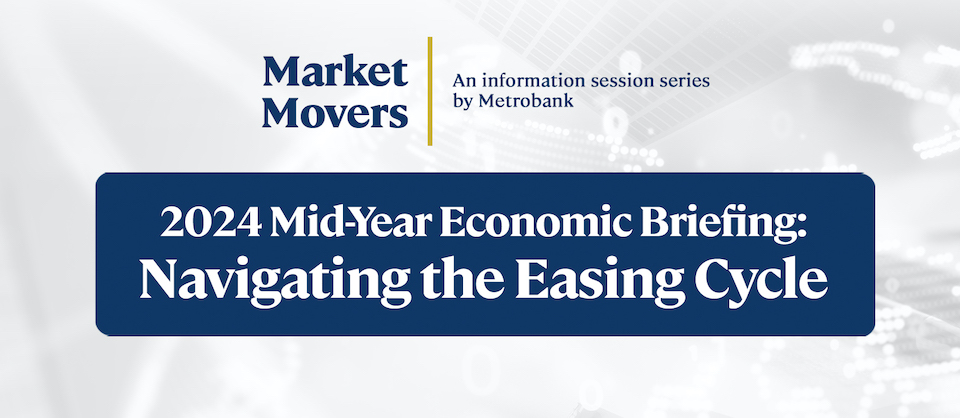How to invest efficiently with Metrobank’s model portfolios
Model portfolios can help you create a portfolio that fits your needs and goals

Investing can be complex, but it becomes more manageable with model portfolios.
Model portfolios are strategically designed, professionally managed investment strategies that combine diverse assets such as stocks, bonds, Unit Investment Trust Funds (UITFs), mutual funds, and exchange-traded funds (ETFs). They are tailored to align with a customer’s risk profile and financial goals, helping to grow wealth while maintaining appropriate balance of risk and return.
Whether you are a first-time investor or looking to streamline your current strategy, our model portfolios provide a simple yet effective path to long-term success. Here’s how to get started.
1. Know your investment profile.
Before selecting a portfolio, it is important to understand your investment profile. We assess this through a Suitability Assessment Form (SAF) which determines whether you are a conservative, moderate, or aggressive. Conservative investors prioritize capital preservation, moderate investors seek balanced growth, and aggressive investors are comfortable with higher risk for potentially higher returns. Your investment profile serves as a guide in choosing the most suitable portfolio.
2. Follow the suggested model portfolio.
Each model portfolio is strategically designed to match a specific investment profile. Our expert fund managers allocate assets—such as stocks, bonds, or Unit Investment Trust Funds (UITFs)—to align with your risk tolerance and investment goals. Whether you prefer a fully diversified UITF-only portfolio or a broader portfolio mix, the right model helps keep your investment strategy focused and disciplined.
3. Implement the model portfolio.
You can invest in two ways:
- For a fully managed approach, open a discretionary Investment Management Account (IMA) account where professionals handle fund selection and rebalancing based on your Investment Profile and Policy Statement (IPPS).
- For a more hands-on approach, follow our model portfolio recommendations and directly invest in the corresponding UITFs or other investment products.
Either way, you benefit from expert-designed asset allocation tailored to your investment goals.
4. Monitor and rebalance regularly.
Investment performance is reviewed quarterly. For discretionary accounts, you will receive a Fund Statement showing returns and portfolio updates. Rebalancing—adjusting your asset mix to stay aligned with goals— happens at least once per quarter, or sooner if market conditions change. If your risk appetite or financial goals change, you can update your SAF or choose a more customized strategy through a directional IMA.
Why use model portfolios?
Our model portfolios simplify investing by providing expert management, diversification, and flexibility.
Whether you prefer a fully managed solution or a self-directed strategy, selecting the right portfolio based on your investment profile ensures that your money is working efficiently. By leveraging professional fund management and regular rebalancing, you can confidently navigate market fluctuations and stay focused on achieving long-term financial success.
Explore our model portfolios here.
(Disclaimer: This is general investment information only and does not constitute an offer or guarantee, with all investment decisions made at your own risk. The bank takes no responsibility for any potential losses.)







 DOWNLOAD
DOWNLOAD




 By Metrobank
By Metrobank